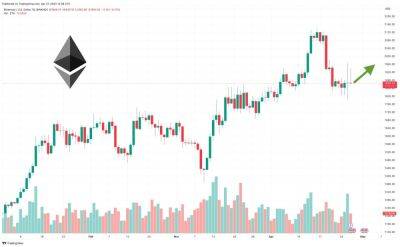Crypto platform Simple.app pilots new solution for sending money to Ukraine
International money transfers have long been a challenge for anyone who needs to send money from one country to another. Traditional banking systems are slow and expensive because many banks don’t have a direct relationship with each other, so they have to charge high processing fees or use an intermediary to complete a transfer. The multi-step process can take days or even weeks to complete a transfer. This makes it increasingly difficult for people to pay for expenses abroad or send money to loved ones who may be in a time crunch.
The situation has since been exacerbated by the ongoing war in Ukraine. As the war intensifies, an estimated 8 million Ukrainians have been forced to flee their homes, leaving them without access to basic necessities, including financial services. In many cases, traditional banking systems are nonexistent or disrupted, making it impossible for people to access their funds or receive money from loved ones in unaffected areas.
According to the National Bank of Ukraine, remittances to Ukraine increased in the fourth quarter of 2022, rising to almost $3.2 billion from $3.06 billion in the previous quarter. This is just one country, however. According to the World Economic Forum, India is expected to top $100 billion in remittances in 2022, followed by Mexico with $60 billion, China with $51 billion, the Philippines with $38 billion and Egypt with $32 billion.
Remittances in Ukraine increased from $3.06 billion in Q3 2022 to nearly $3.2 billion in Q4 2022. Source: Trading Economics
These numbers make it clear that Ukraine, and the rest of the global economy, is in need of a solution that offers an extremely low cost for money transfers, with a simpler and faster transaction process between
Read more on cointelegraph.com

 cointelegraph.com
cointelegraph.com















